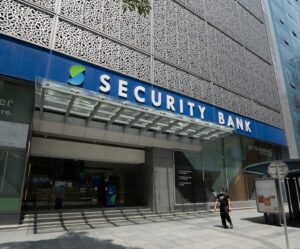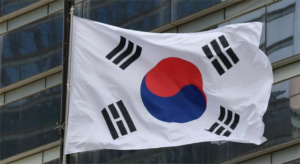
The Philippine inflation rate accelerated for the second consecutive month in November, reaching 2.5%, driven by higher prices of food and transportation, according to the Philippine Statistics Authority (PSA).
National Statistician and PSA chief Undersecretary Claire Dennis Mapa announced the figures during a press conference, noting that November’s inflation was slightly higher than October’s 2.3%. This rate fell within the Bangko Sentral ng Pilipinas’ (BSP) forecast range of 2.2% to 3%.
The year-to-date average inflation now stands at 3.2%, within the government’s target range of 2% to 4% for 2024.
Drivers of Inflation
Mapa identified Food and Non-Alcoholic Beverages as the primary contributors to the increase, accounting for 65.9% of November’s overall inflation. This category experienced a price increase of 3.4%, up from 2.9% in October. Key drivers included:
- Vegetables: Inflation rose to 5.9% from a decline of 9.2% in October, attributed to recent typhoons.
- Fish and Seafood: Inflation increased to 0.4% from a negative 0.4% previously.
- Meat: Inflation climbed to 3.9% from 3.6%.
The Transport index also contributed to inflation, with a slower decline of -1.2% compared to -2.1% in October. Gasoline and diesel inflation, while still negative, eased to -8% (from -11.1%) and -9.4% (from -18.5%), respectively.
For households in the bottom 30% income bracket, inflation slowed to 2.9% in November from 3.4% in October, mainly due to a drop in food inflation within this income group.
Government’s Response
National Economic and Development Authority (NEDA) Secretary Arsenio Balisacan highlighted the resilience of the economy despite recent challenges from typhoons, stating, “Consumer prices have remained relatively stable, demonstrating the effectiveness of our policies.”
Balisacan added that the government is closely monitoring food prices to mitigate potential impacts from recent storms.
Full-Year Projections
The Development Budget Coordination Committee (DBCC) projects that full-year inflation for 2024 will average between 3.1% and 3.3%, significantly lower than the 6% average inflation in 2023. The government also maintained its target inflation range of 2% to 4% from 2025 to 2028.
“We are committed to maintaining price stability through prudent monetary policies and strategic trade measures,” Balisacan said, emphasizing the need for a whole-of-government approach to manage inflation effectively and sustain economic growth.






















Comments are closed for this article!